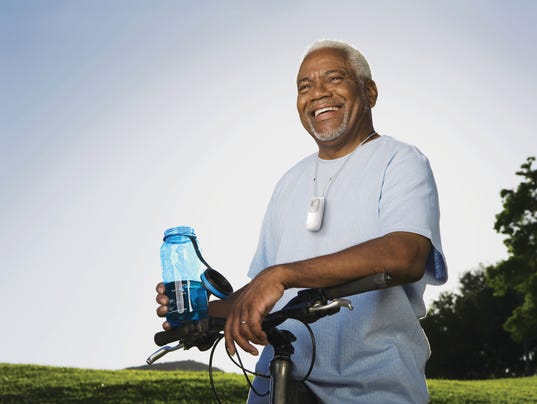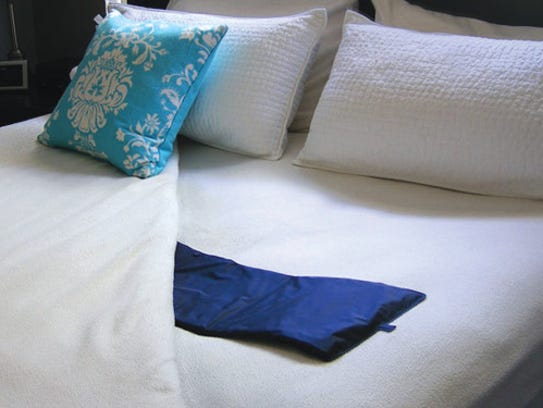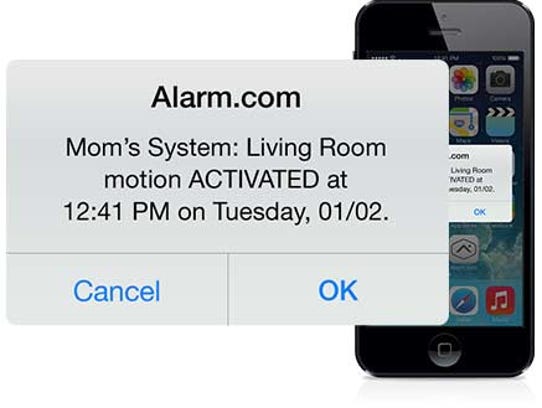
It goes by different names — "independent living," "non-assisted living," or the preferred "aging in place" – but these phrases mean the same thing: growing older without having to move to a healthcare environment.
In fact, nearly 90% of seniors want to stay in their own homes as they age, according to the American Association of Retired Persons (AARP). Even if they begin to need day-to-day assistance or ongoing health care during retirement, most (82%) would prefer to stay in their own homes.
Today, high-tech monitoring systems and other gadgets are helping seniors age in place independently, while giving family members peace of mind in the process. What's more, home-based tech tools could be far less expensive than moving into an assisted living environment.
The following is a look at some of the main "aging in place" tech categories, and an example of a service for each.
Sensors

Rather than calling mom six times a day to check in, activity-based sensors around the home can discretely reassure loved ones she's up and carrying about her daily business. If not, a remote family member, caregiver or emergency response service is alerted – via phone, email or text message — if an at-risk elderly person is doing, or not doing, something. It could detect if a senior hasn't left his or her bedroom at the usual time or if she hasn't open the fridge door or medicine cabinet in, say, five hours. Installation, which is often handled by a professional, is often folded into the monitoring cost.
For example, Alarm.com's Wellness independent living solution integrates a suite of sensors and devices, and applies machine learning algorithms to the data they generate to proactively detect changes that may suggest risks. Wellness can report about changes in activity levels, sleeping and eating patterns, bathroom visit frequency and medication adherence, as well as emergency situations like wandering out of the home or falls.

Less intrusive (and frankly, smarter) than video cameras, sensors can go on doors, windows, cabinets, chairs, under bed sheets, and so on.
Coupled with Alarm.com's home security solution, Wellness is about $50/month, after installation costs, but pricing depends on the service provider and the exact mix of devices and sensors.
Read full article at USA Today
